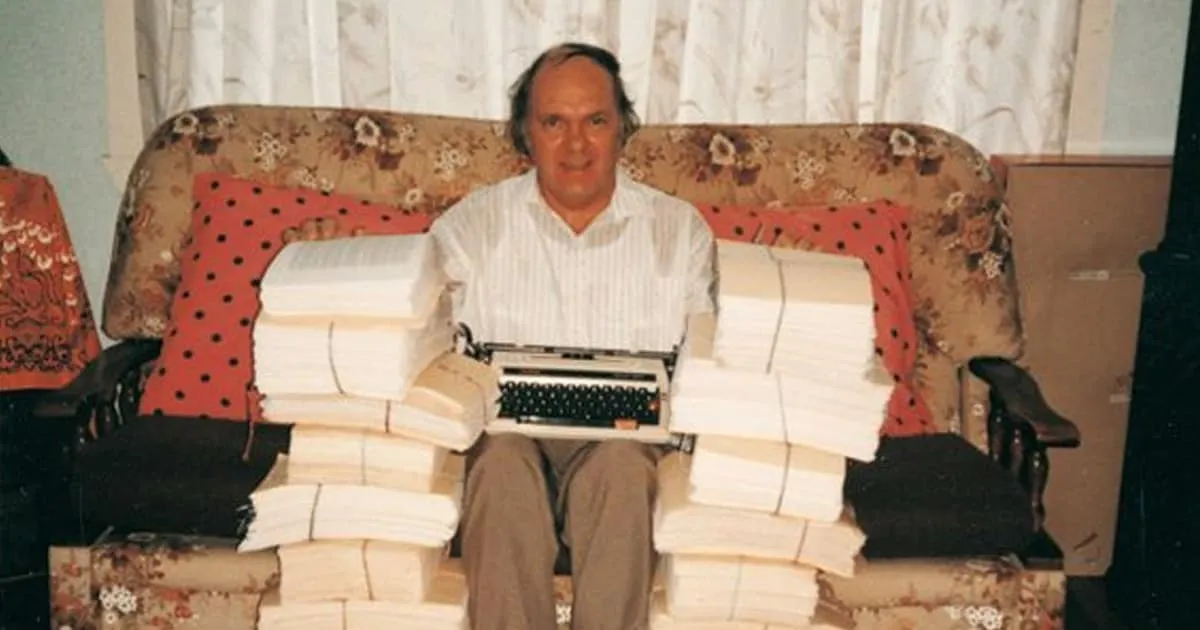
It’s April 1, 1979, in Bregenz, western Austria. Andreas, an 18-year-old Austrian, hasn’t done anything wrong—he’s just a passenger in a car involved in a minor accident. The police take him to the station to identify him. They place him in a holding cell in the basement of the courthouse. And then… they forget about him.
A collective oversight. Each of the three officers assumes he has already been released by someone else. No one checks. No one hears the cries for help. No one realizes that in that concrete storage room, there’s a living boy growing more desperate by the hour.
The days go by. Andreas pounds on the walls, screams, calls out. Nothing. No response. He remains there. No food, no water. To survive, he licks the moisture that forms on the walls. He scrapes off bits of plaster. He lies still to conserve energy. Time becomes fluid, his body empties.
Eighteen days pass. Eighteen!
He’s found by chance on April 19. An officer notices a bad smell coming from the basement. The cell door is opened: Andreas is still alive, reduced to a trembling skeleton. He has lost 24 kilos. His eyes sunken, his skin gray. But he’s alive.
He is taken to the hospital and saved just in time. The officers involved are fined the equivalent of 2,000 euros. Andreas files a civil lawsuit, and two years later the Austrian state compensates him with the equivalent of 18,000 euros—1,000 euros for each day of hunger and suffering spent in that cell.
In 1997, the Guinness World Records recognizes him as “the human being who survived the longest without food or water.”